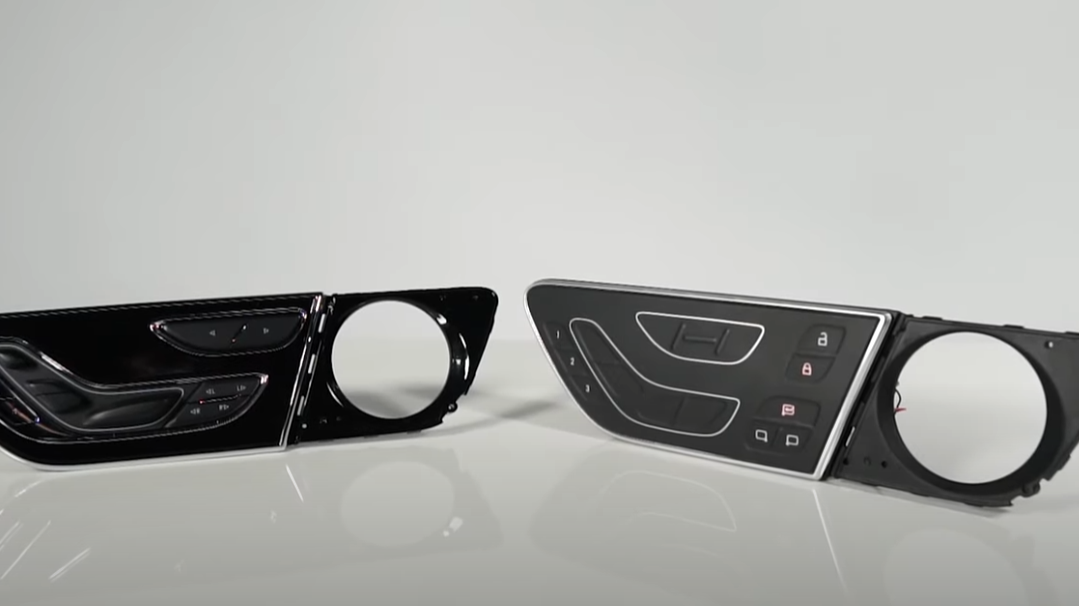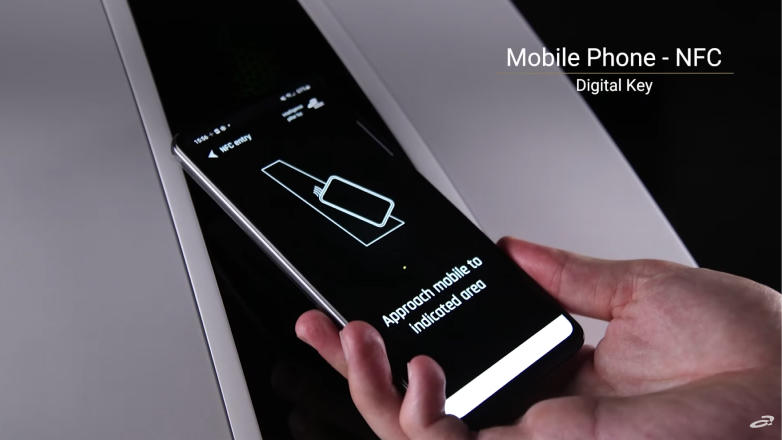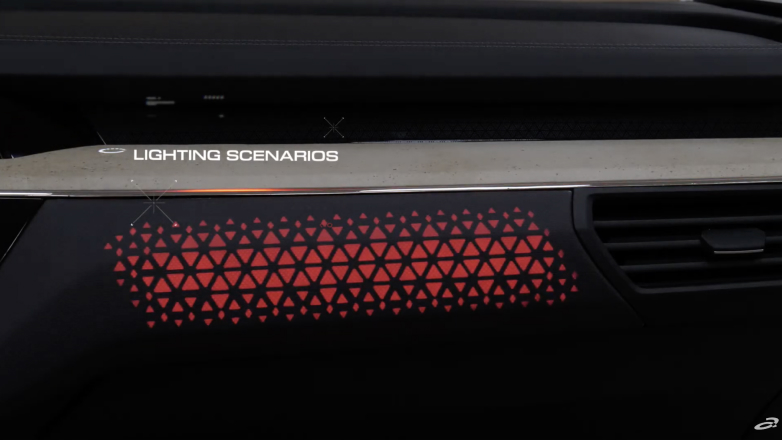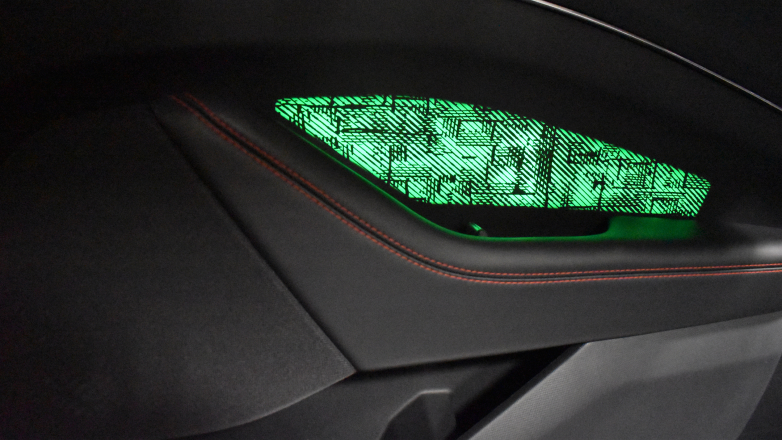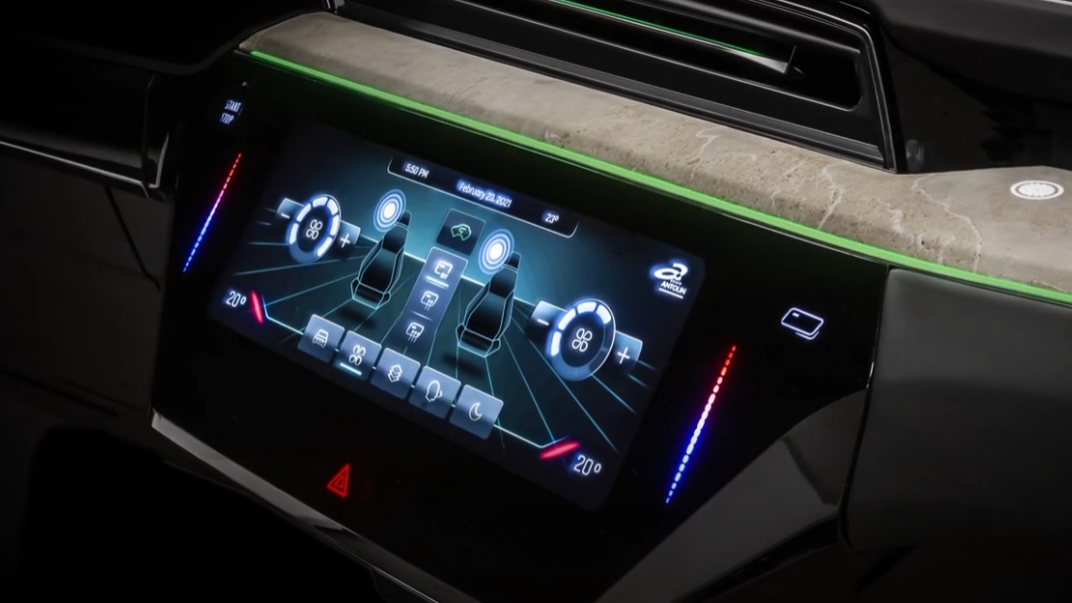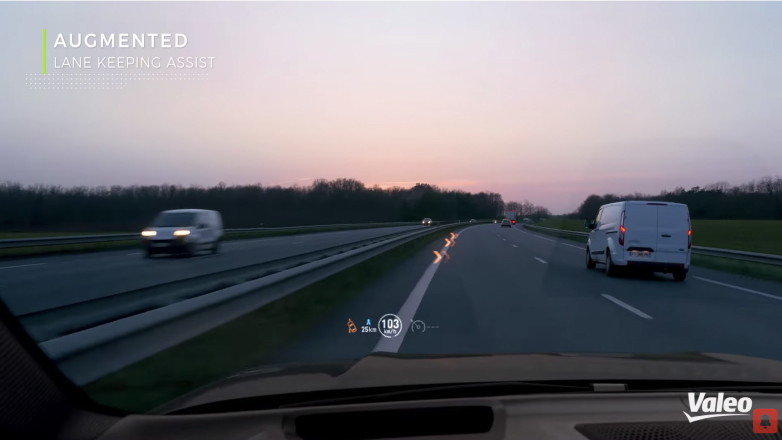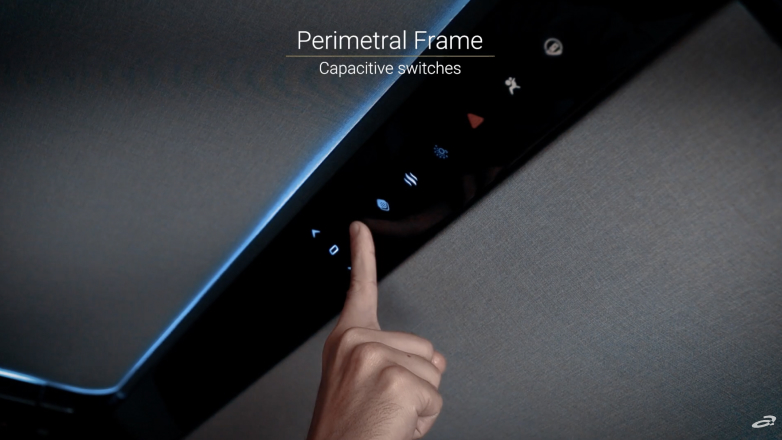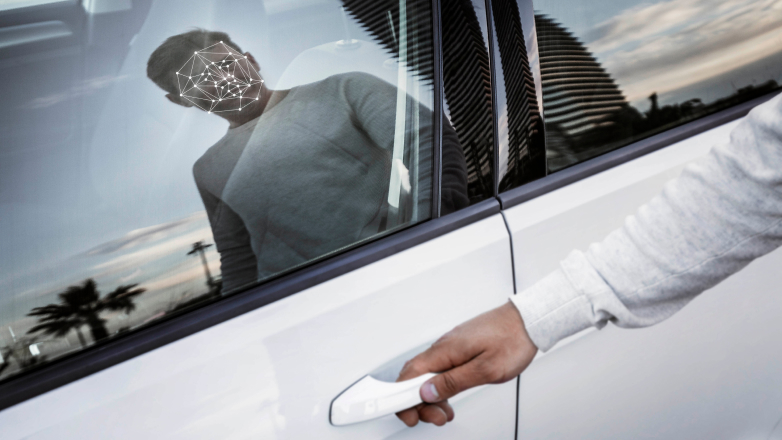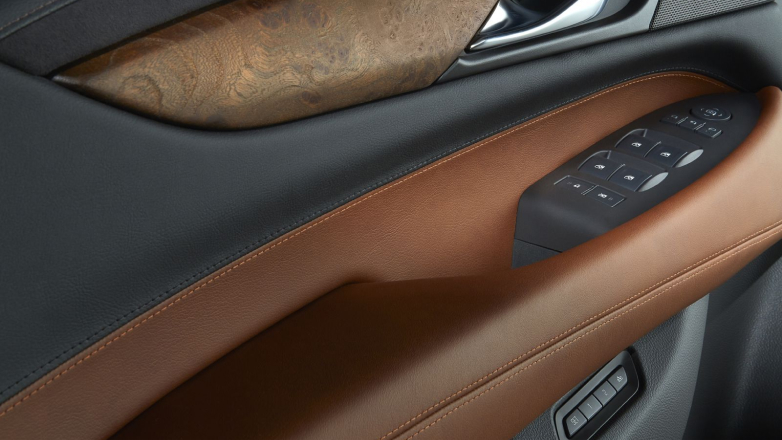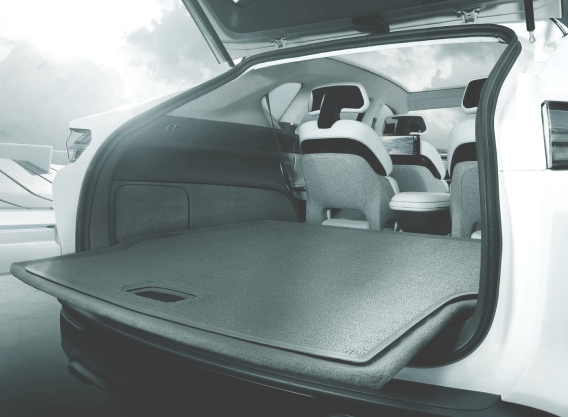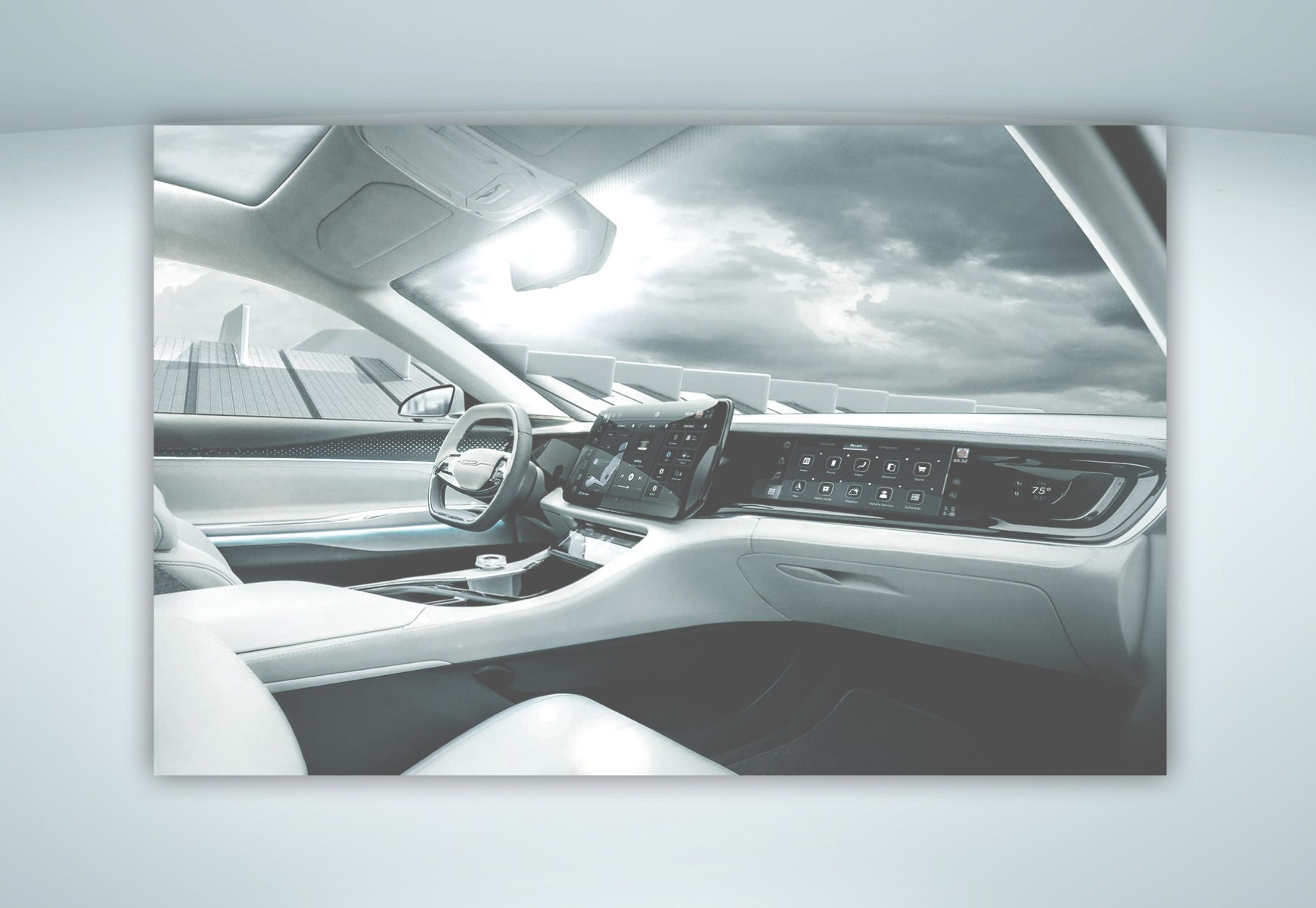
Inner door panel
Window glass
Window raisers
Central locking system
Trim and decorative markings
Door handles
Roof
Solar and panoramic roofs
Trim
Sunshades and handles
Floor
Rear-view mirrors
Mirrors
Cameras
Screens
Control module
Climate control
Air conditioning system
Heating
Ventilation
Control module
SEATS
Headrest
ArmrestDASH PANEL
Electronic systems
ECUs
Control modules
Start-stop
Head-up display
Audio system
Infotainment
Interior lighting
Ambient lighting
Multifunction lights
Reading spots
Consoles
Instruments panel
;Multimedia panel





















